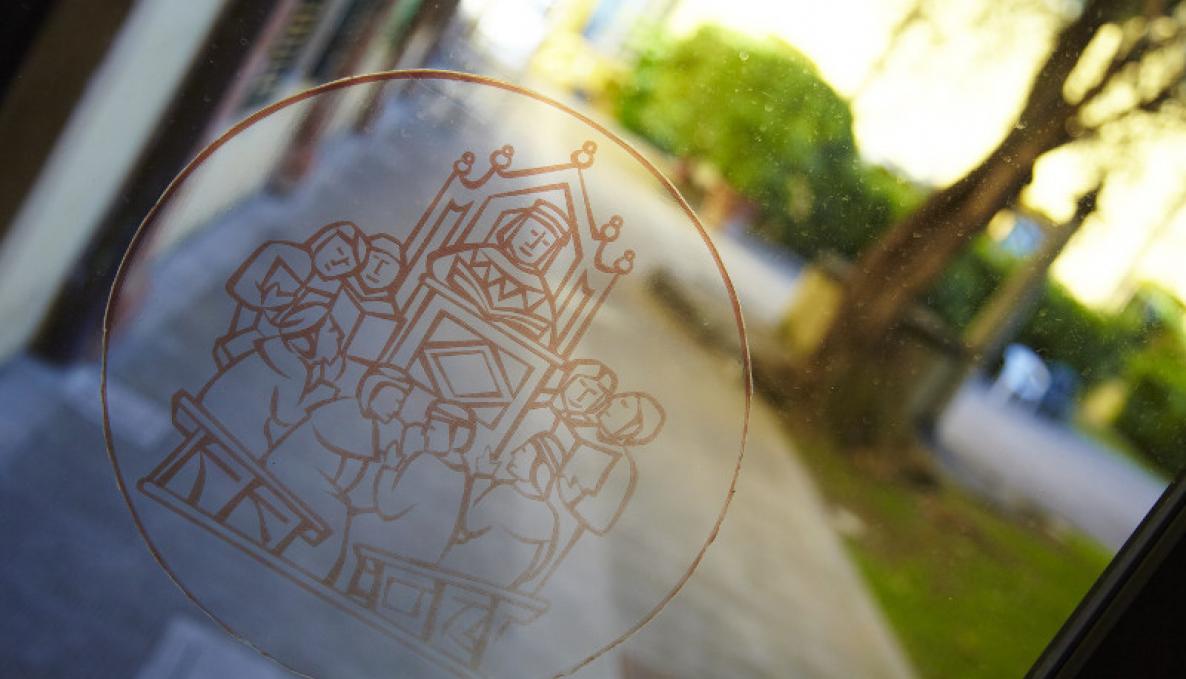electronic device can monitor heart after transplantation. integrated bionic system allows control of cardiac function and improves quality of life for patients

The European Commission allocated 5 million euros to FET-funded (Future and Emerging Technologies) project NeuHeart. The Sant’Anna School team of researchers Silvestro Micera and Calogero Oddo (Biorobotics Institute), Dr. Vincenzo Lionetti (Institute of Life Sciences), and Erica Palmerini (Dirpolis Institute for Law, Politics and Development) coordinates the research to expand the integration of advanced bionics that will allow control and regulation of cardiac function after transplantation.
The “kick off meeting” of four-year project NeuHeart is bringing together the five European partners (research institutions and companies) led by Sant’Anna School on January 17-18 in Pisa.
The FET high-risk / high-impact short-medium term research projects on disruptive technologies aim to explore the leading technology paradigms of the future with the highest potential for Europe's economy and society.
“NeuHeart – said Silvestro Micera – combines a thorough understanding of the physiology of denervated heart with neuroengineering. We aim to improve post-operative outcomes and the transplant recipients’ quality of life”.
Heart transplantation is annually offered to more than 3500 patients worldwide. A patient suffering from an end-stage heart failure receives a donated heart during a complex surgical procedure. All nervous connections of the damaged heart are lost during the surgical transplantation procedure and reinnervation is a variable phenomenon because of the associated physiological and pathological consequences. End-stage heart failure patients would not survive a year, possibly two years, without this life-saving surgery that can significantly prolong the life of the patient ; a donated heart lives an additional fifteen years after transplantation.
The ultimate goal of the NeuHeart research is to provide support to chronotropic incompetence because of cardiac denervation and better integrate the nerve fibers with the electronic system as a natural part of themselves. It focuses on the improvement of the transplanted heart function in pathological scenarios and to restore the disrupted cardiac-vagal connection by a bioelectronic solution (neural interface and sensors) based on a closed-loop neuromodulation. This project aims at building a new treatment paradigm for heart failure also contributing to transplantation clinical trials research.



